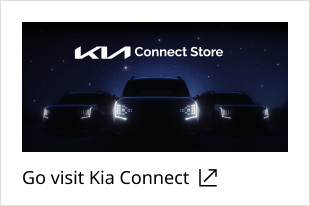Kia Connect Store UXUI
CLIENT
DATE
SERVICE
INDUSTRY
Kia
2023.06
CXUX Consulting, Human-Centered Design
Automotive/Mobility
In June 2023, Hyundai Motor Group officially ushered in the era of SDV (Software Defined Vehicle) with the launch of the Kia EV9. This marks the beginning of a new paradigm in the mobility industry, with the launch of the “Kia Connect Store” representing a crucial first step.

Kia is a global brand leading the popularization of eco-friendly transportation, centered around innovative electric vehicles. They expand purpose-built vehicles (PBVs) and various mobility services and provide sustainable solutions. Kia’s unique design, advanced autonomous driving technology, and sophisticated connectivity services offer customers new experiences.
The Advent of the SDV Era
Projection of the SDV market
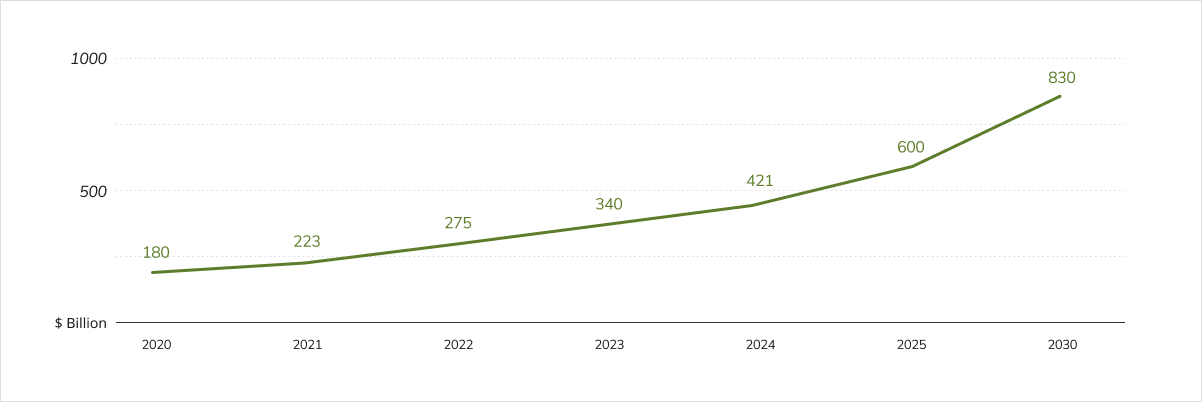

Source: Global Market Insight
For automotive companies, including Hyundai Motor Group, SDV signifies a significant turning point. Hyundai Motor Group is already pursuing a transformation into a smart mobility solutions provider, with SDV being one of its key strategies to achieve this goal. Through SDV, Hyundai Motor Group can continuously update and enhance vehicle performance, leading to increased customer satisfaction and long-term loyalty. Furthermore, vehicle individualization through software enriches user experiences and enables better adaptation to various user demands.

First for Everyone
In June 2023, Hyundai Motor Group opened the door to the SDV era with the release of the Kia EV9. Through this, customers experienced an innovative FoD D2C (Direct to Consumer) service, allowing them to selectively purchase software features of their vehicles tailored to their needs and preferences. This service includes various functions such as ‘Remote Smart Parking Assist 2’, ‘Lighting Patterns’, ‘Streaming Plus’, with more features planned to be added in the future. This new vehicle experience is provided through the Kia Connect Store, marking the first project launched domestically under the slogan “First for Everyone”.
Kia Connect Store Products

Remote Parking Assist 2

Lighting Pattern
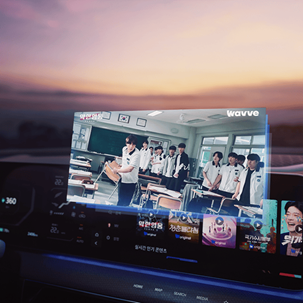
Streaming Plus
Kia FoD Products (Source: Kia Connect Store)
The UX/UI/Design part of this significant project was handled by Saltcake. Saltcake focused on customer experience design and management environment design to initiate the SDV experience. This encompassed the entire process from the moment customers select and purchase desired products from the Kia Connect Store to the successful installation and use of these products in their vehicles. The customer experience journey design aimed to ensure ease of product selection, convenience in the payment process, and smooth progression from installation to post-installation usage.

Convenient Product Selection

Simple Payment Process

Smooth Process from Installation to Usage
A Step for the First
In particular, Saltcake focused on enhancing the intuitiveness of the user interface, the attractiveness of the design, and overall satisfaction of the user experience, enabling EV9 users to purchase and manage software features as effortlessly and conveniently as possible. These efforts significantly contributed to further innovating and enhancing user experience at the Kia Connect Store. Saltcake’s meticulous customer experience design and management environment design played a crucial role in enabling customers to fully enjoy the benefits of the SDV era.
1. CX/UX Planning for Service Expansion
Saltcake conducted foundational design considering the expansion of the FoD D2C service to all brands within the Hyundai Motor Group, including Hyundai, Kia, and Genesis, as well as contemplating its dissemination onto a global platform. This platform posed a challenge of establishing an integrated infrastructure for efficient delivery of the FoD service while considering the unique characteristics of each brand. The goal was to maximize compatibility between systems and services and to build a foundation that could leverage synergy among the brands.


To address this, a unified strategy was devised to cater to various device environments (WEB, Mobile WEB, Hybrid APP) under one structure, ensuring adaptability to each global policy and environment. Additionally, while initially catering to a single model of vehicle (EV9) at launch, the platform was designed to accommodate future SDV-based vehicles and a variety of software products.
2. Integration between Vehicles and Various Systems
The core of the FoD service lies in facilitating smooth data exchange and interaction among various legacy systems such as vehicles, WEB, ERP, CRM, OTA, and payment systems. To achieve this, close communication among related departments such as vehicle development, product planning, customer support, and system management was crucial, along with deriving common goals and outcomes. Additionally, considering not only the flow of data up to the web environment but also up to the vehicles, various scenarios such as purchase/subscriptions cancellation in real user experience, and hardware replacement scenarios related to FoD products through service centers needed to be addressed.
This signifies an expanded scope of communication, making it essential for each department to understand and define the language used to ensure smooth project progress.
Community Scope & Strategy


Ultimately, in establishing a D2C service that directly interfaces with customers, re-interpretation and strategies from the perspective of CX/UX were necessary for all data and system integrations. Conducting daily scrums and agile testing allowed for agile adjustments, reducing gaps between stakeholders. Throughout this process, in-depth analysis of needs and data relationships was performed to establish effective information exchange and service processing processes between systems.
Daily Scrum
• Daily sharing of status and communication across all departments
• Defining priorities for resolving issues
• Swift response to situations arising from issues
Agile Testing
• Immediate testing upon interface protocol changes
• Immediate testing upon software code updates
• Agile feedback and response
3. Planning and Implementation of D2C Service
The success of the FoD service heavily depends on customer experience. Therefore, Saltcake focused on designing the customer service environment, particularly focusing on the entire journey of customers, especially the purchasing and usage stages, through platforms such as CCS App (Connected Car Service, e.g.: My Kia, Kia Connect App), ICP (In Car Payment), and app/web. This was aimed at providing optimal user experience throughout the entire process of purchasing and using the FoD service. Responsive web and hybrid app development ensured consistent customer experience across various devices, contributing to increased customer satisfaction and service utilization rates.


One distinguishing feature of the purchase/payment environment compared to other e-commerce services is that a single product can be offered to customers as either a one-time payment or a monthly/yearly subscription, depending on the customer’s choice. Even though the one-time payment product and subscription product may be physically the same, they are typically treated as separate products in terms of data. This separation is done considering differences in the payment process and operational efficiency. However, customers may experience inconvenience due to duplicate information when the same product is displayed as both a one-time payment and a subscription product in the product list.
To enhance customer experience, Saltcake designed the payment method to be selectable like an option on the product detail page. While the user page has a simple structure, the product data system and product management page had to be approached from a completely different perspective than a typical online store to address this issue. Additionally, considering various scenarios such as payments, refunds, payment method changes, cancellations, and settlement for all users (customers and operators), all cases were reviewed, ultimately resulting in the successful implementation of the actual service.
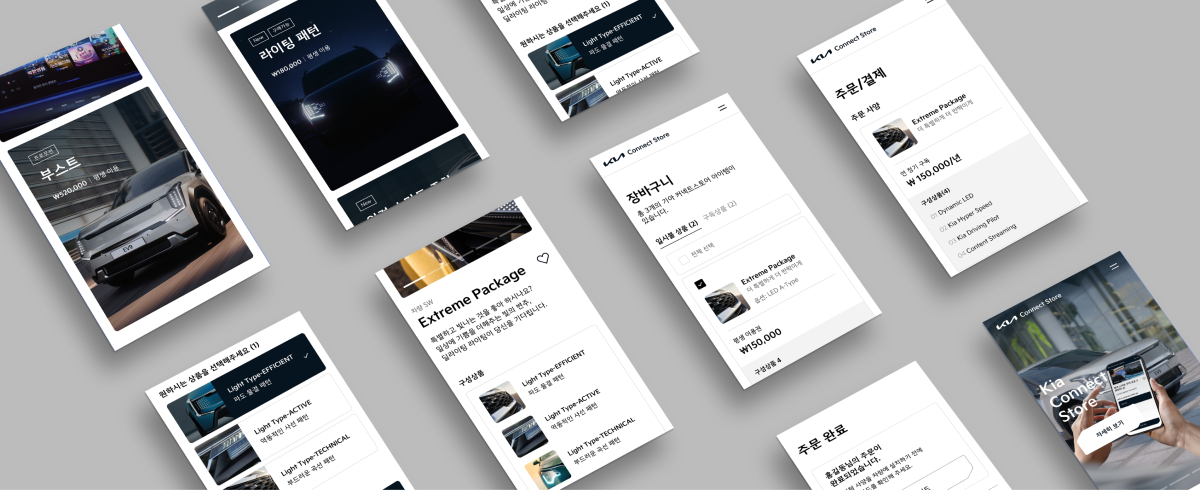
In addition, we contributed to detailed policy formulation through legal review of each payment situation and analysis of government policy trends, and even developed a simulator for settlement refunds. This simulator accommodates variable days such as leap years and leap months related to the number of usage days and incorporates VAT calculation logic, proving useful for policy validation and development testing.
The experience of customers who purchased FoD products regarding installation and usage within the vehicle was a significant concern during the design process. However, there were constraints due to the scope of responsibility, as direct intervention in the vehicle’s hardware and software was not feasible. Currently, due to various environmental conditions, even if customers purchase FoD products online, their essential participation in installation and approval within the vehicle is required. This has led to somewhat cumbersome processes for customers.
A process that needs an additional verification within the vehicle despite the purchase of the software
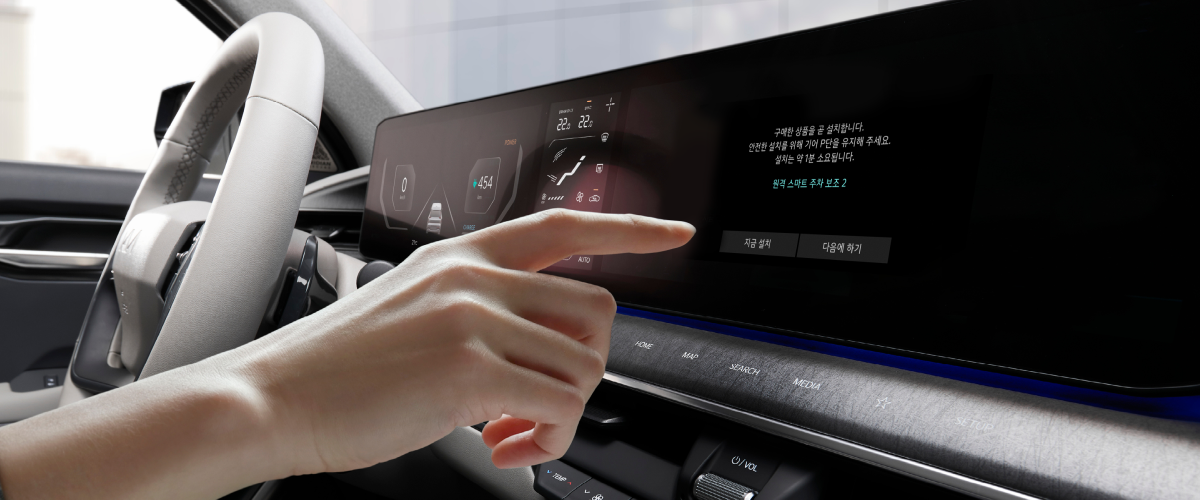
Source: kia.com
To avoid from giving customer confusion and minimize any discomfort, ultimately, we actively participated in the development of User Guide content. The content was meticulously designed to ensure that customers can adequately understand information throughout the purchasing and payment flow. We also considered various customer inquiries that could arise from different User Flows and completed development based on usability test results conducted before the launch.
In this way, Saltcake played a crucial role in the establishment of the Kia Connect Store project within the Hyundai Motor Group. From the design of a standardized operating platform to the establishment of connectivity between vehicles and systems, and the systematic design of the customer service environment, all these tasks laid a robust foundation for the successful expansion of the FoD service not only within the Hyundai Motor Group but also in the global market.
Adapting to Changes: Saltcake
The era we live in is being profoundly influenced by waves of technological innovation like never before. As many companies develop new services or re-evaluate existing ones to gain market dominance, designing and implementing new types of experiences from the customer’s perspective has emerged as a crucial success factor.
In response to this trend of market change, Salt Cake has clearly demonstrated the importance of customer experience-based UX through the emergence of a new trend in the mobility industry, Software Defined Vehicles (SDV). Salt Cake will continue to enhance its expertise in UX, UI, and human-centered design by providing support centered around experience consulting to companies planning innovative services in the future. Through this, we will deliver new and innovative services to customers that they have not experienced before.
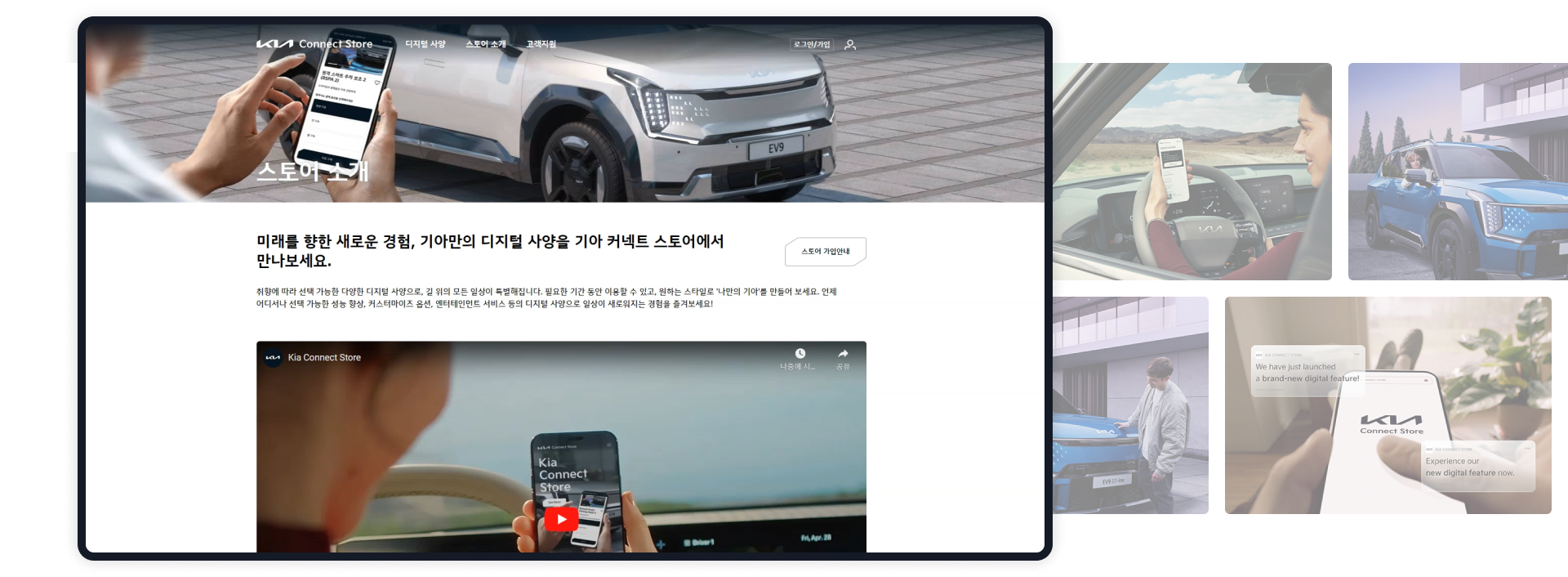
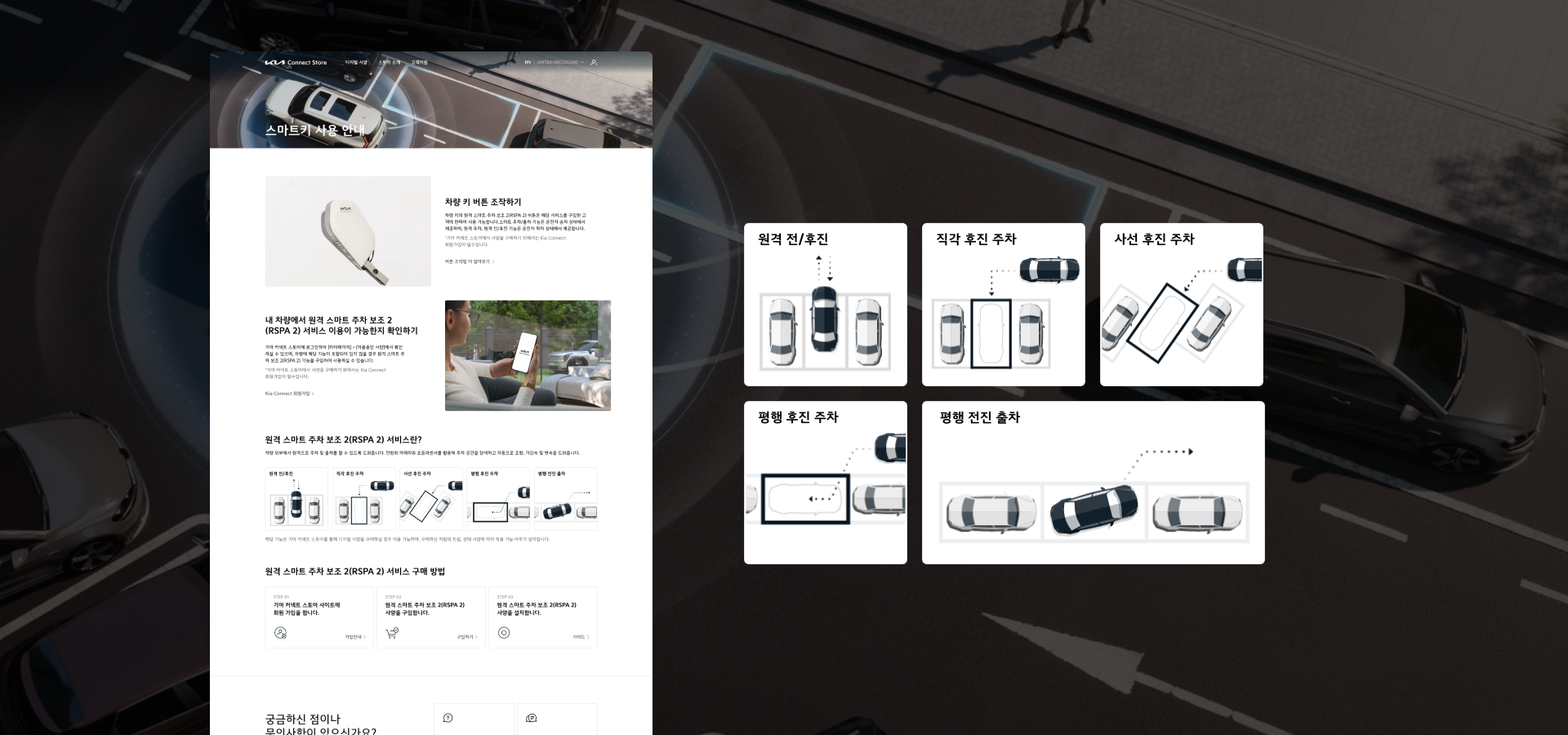
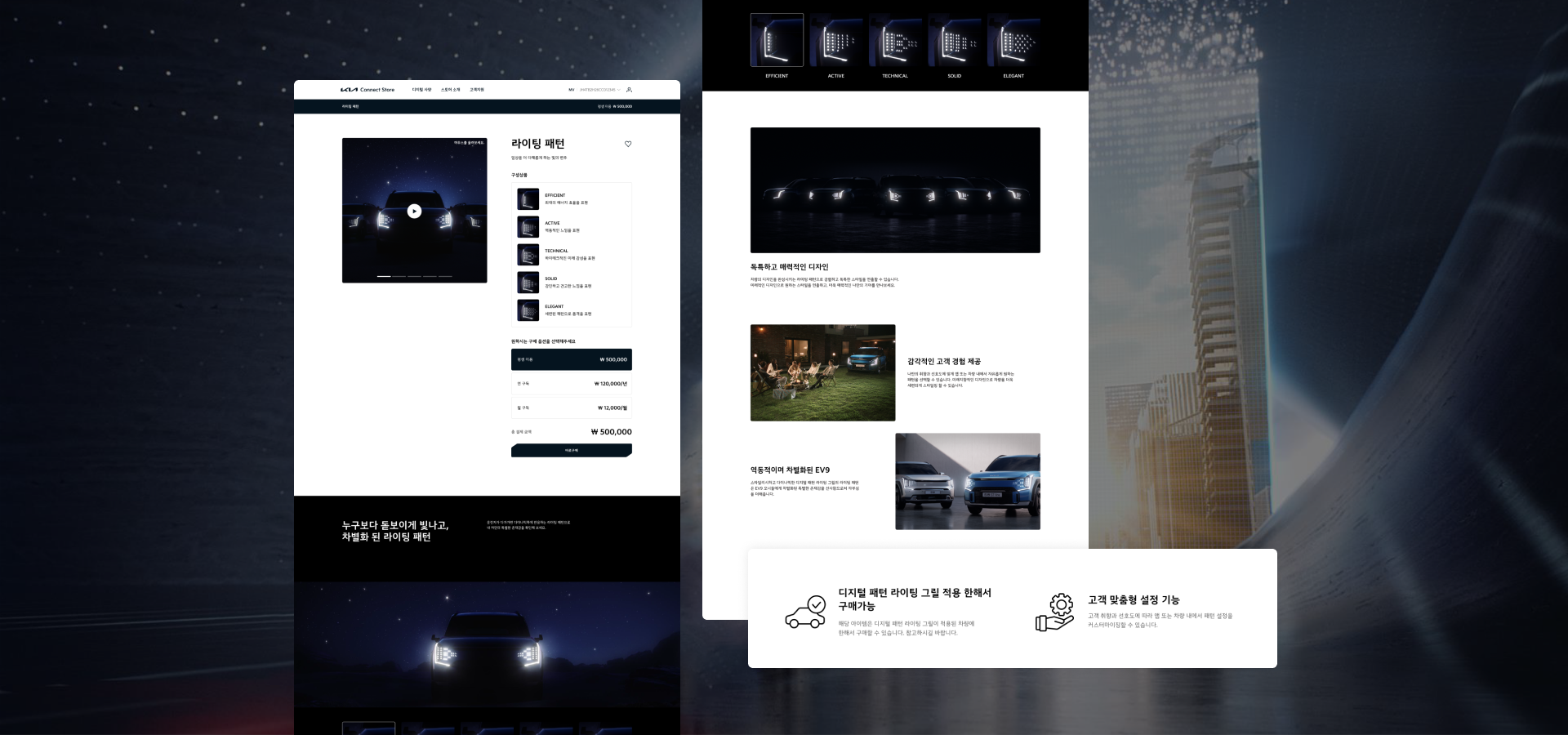

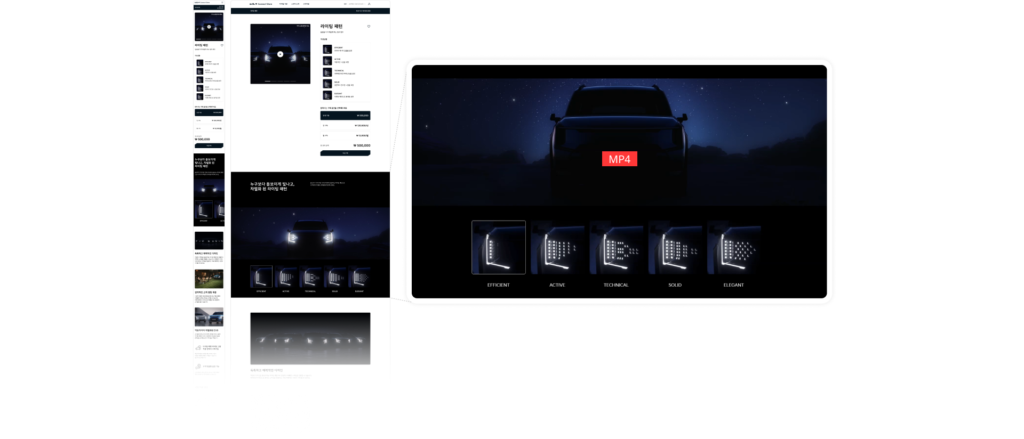
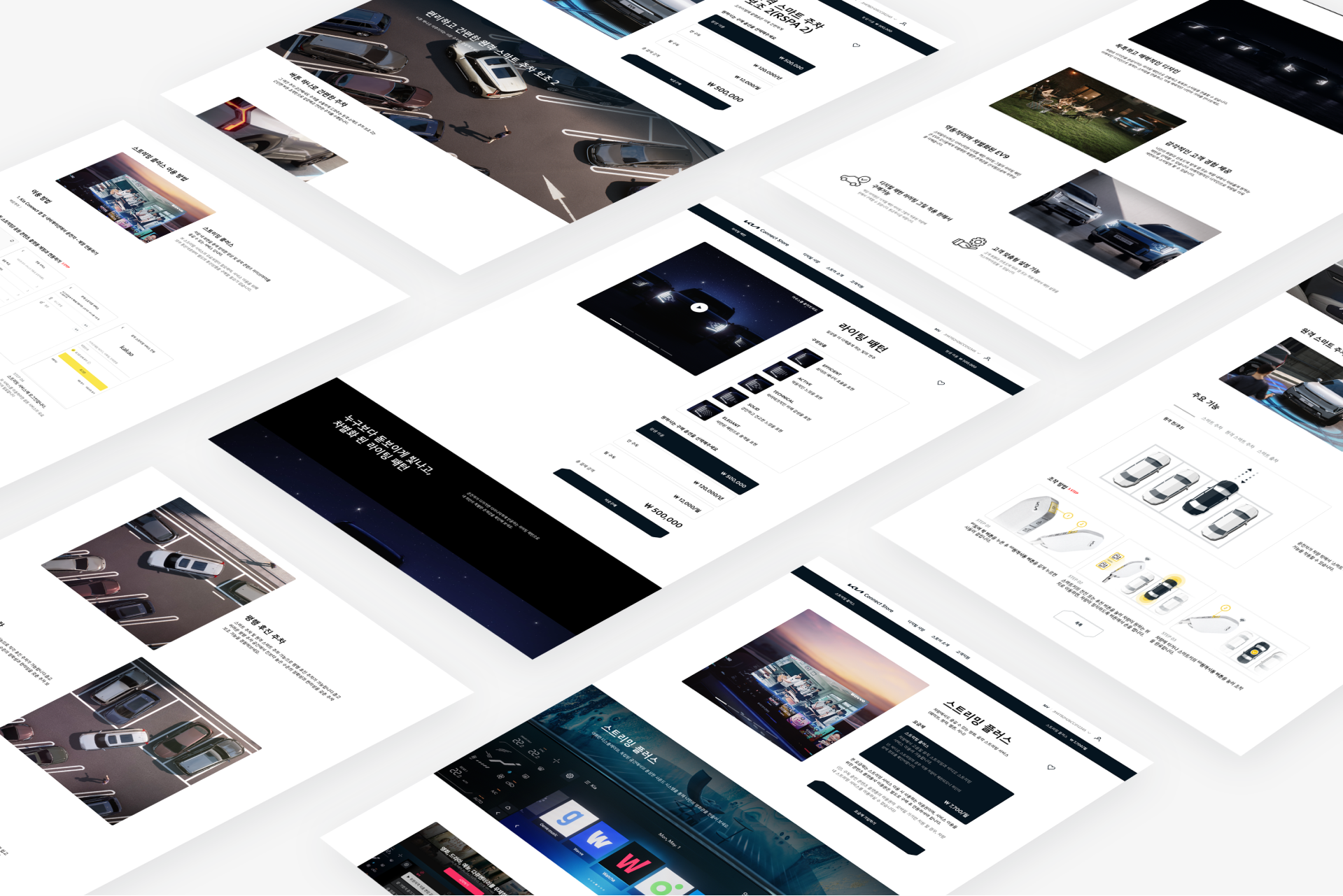
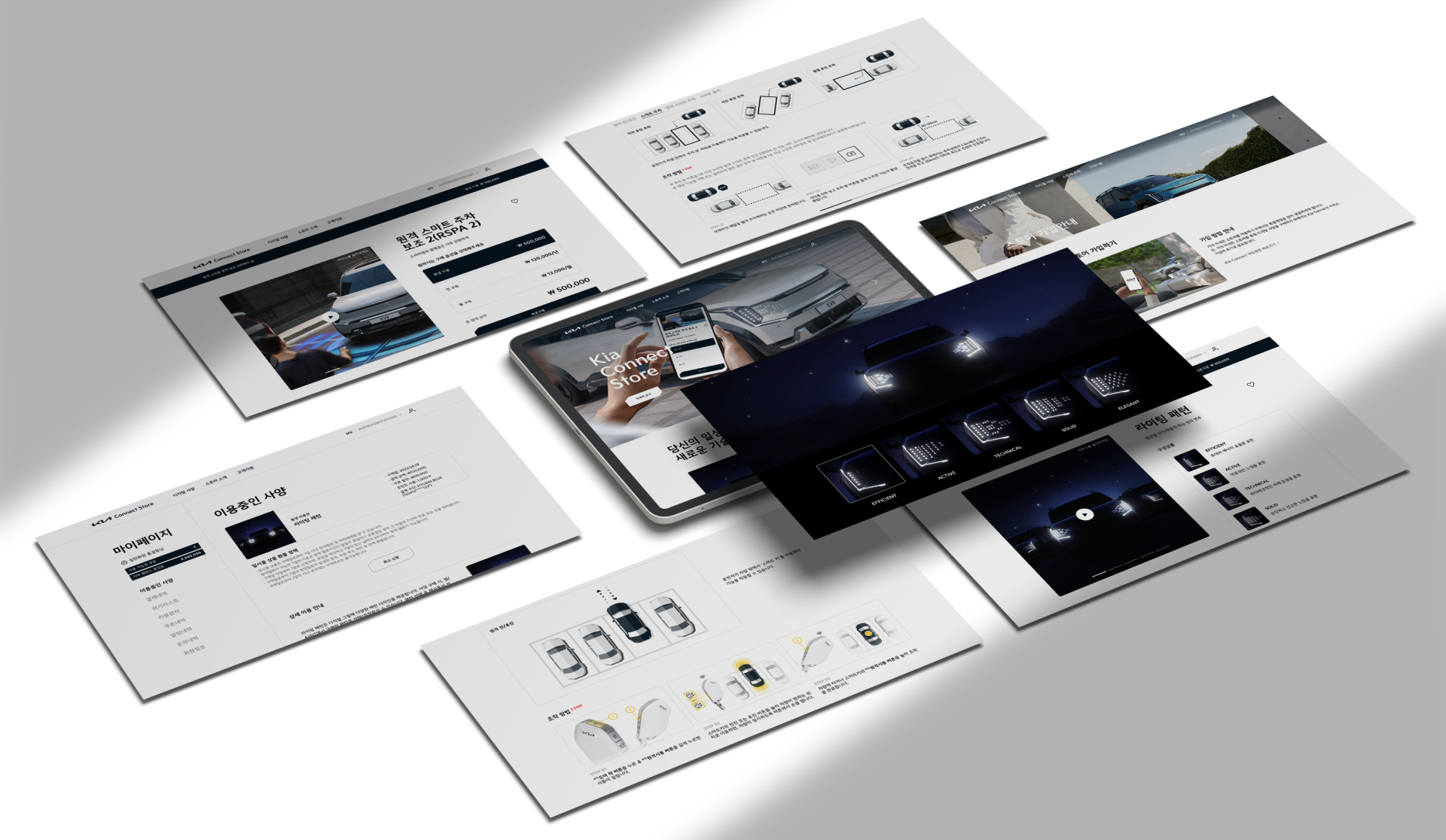
Build your business with a customer-centric mindset
Re-check your CX/UX strategy now
REquest
Hi there! Are you looking for a project request?
Start a great journey with saltcake.
ⓒ SALTCAKE INC.


